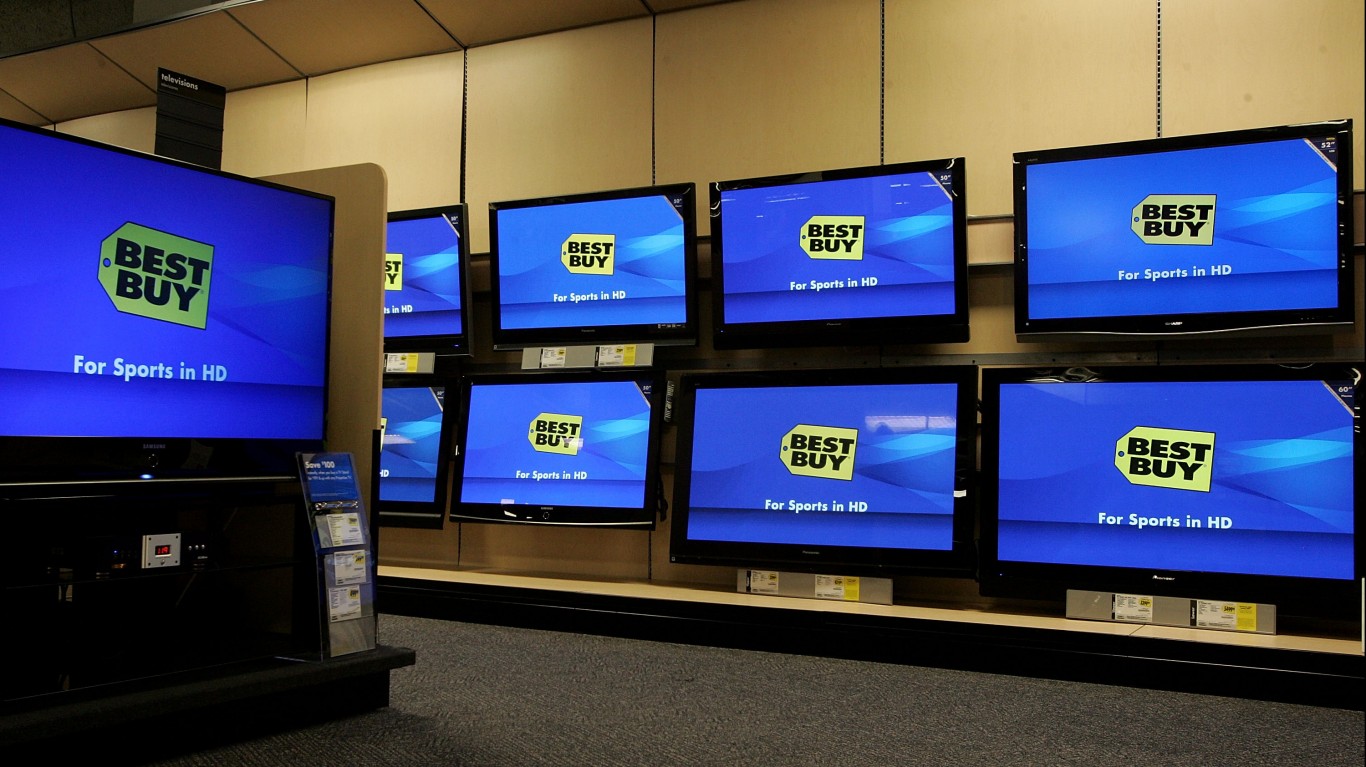
Companies disappear with great regularity. Within five years of a startup, about 50% of American companies go out of business. In the early months of the COVID-19 pandemic thousand of bars and restaurants closed. However, it is rare that organizations that have been around for decades, and grown into huge operations, to disappear.
Companies that fail after many years often do so because of poor management. Another major reason is new and unexpected competition. That factor seems to be seen more and more often in the present America economy. The advertising business has been upended by Google. Television viewership has been eroded by streaming led by Amazon Prime and Netflix. Slowly, but surely, the gas powered car sector has been challenged by electric cars.
No industry has been more upended by new competition than retail. Physical stores dominated the industry for centuries. Eventually, people could order items by mail from catalogues, but this way of reaching the customer was still only a modest success, except for Sears which had a large mail order business.
The store based retail sector has cratered in many cases because of one company–Amazon.com. It could pass Walmart as the largest U.S. company by revenue this year.
E-commerce was helped by the COVID-19 pandemic. People forced to stay in their homes ordered online. Entire national store chains were forced to close all of their locations.
The department store chain Sears was founded by Richard Warren Sears and Alvah Curtis Roebuck in 1892. Sears, Roebuck and Co. was the largest retailer in the U.S. for a number of years before it was passed by Walmart. Sears merged with Kmart in 2005 to form Sears Holdings. Sears Holdings went bankrupt in 2018. Based on the most recent information, it has 29 stores remaining. No one would be surprised to see those gone.
What happened to Sears? Some of it could have been predicted. Entire industries have been disrupted by new business models before. Any industry leader that does not invest in “the next big thing” may be overtaken by it. In the case of Sears, that “thing’ was e-commerce. Having pioneered remote sales via the catalogue, Sears should have been on the cutting edge of non-store sales.
Additionally, there are many indications that Sears got greedy. It let it stores get old and shabby. It did not diversify into new lines of merchandise the way that Walmart did. In the final analysis, Sears was flat footed and took blow after blow until it could no longer survive.
Click here to read Brands That Disappeared In The Last Decade
The Average American Has No Idea How Much Money You Can Make Today (Sponsor)
The last few years made people forget how much banks and CD’s can pay. Meanwhile, interest rates have spiked and many can afford to pay you much more, but most are keeping yields low and hoping you won’t notice.
But there is good news. To win qualified customers, some accounts are paying almost 10x the national average! That’s an incredible way to keep your money safe and earn more at the same time. Our top pick for high yield savings accounts includes other benefits as well. You can earn up to 3.80% with a Checking & Savings Account today Sign up and get up to $300 with direct deposit. No account fees. FDIC Insured.
Click here to see how much more you could be earning on your savings today. It takes just a few minutes to open an account to make your money work for you.
Our top pick for high yield savings accounts includes other benefits as well. You can earn up to 4.00% with a Checking & Savings Account from Sofi. Sign up and get up to $300 with direct deposit. No account fees. FDIC Insured.
Thank you for reading! Have some feedback for us?
Contact the 24/7 Wall St. editorial team.




